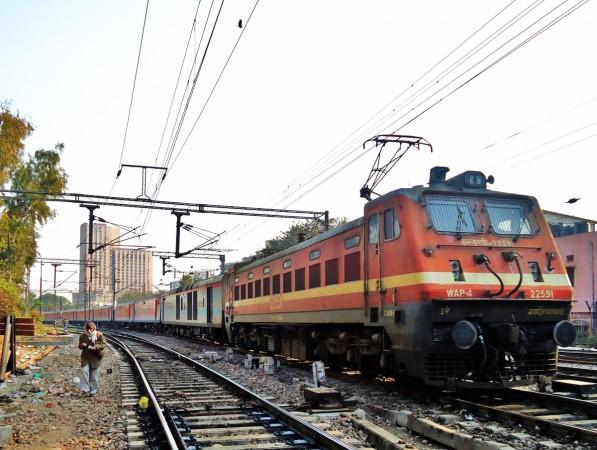
The Indian Railways' decision to introduce flexi-pricing that would increase ticket prices of Rajdhani, Shatabdi and Duronto trains could result in the Railways losing out passengers to airlines. That may, in turn, give a boost to the country's growing civil aviation market.
Starting from Friday, the Indian Railways has started a new concept of increasing ticket prices on base fares of the three trains. According to the formula implied by the Railways, base fares will rise by 10 percent with every 10 percent of seats sold.
Despite rising rail fares, state-run carrier Air India said it will not increase last minute airfares or on tickets booked four hours before the takeoff. "Even as railways increased fares, our last minute fares will remain the same as earlier," a senior Air India official was quoted as saying by the Economic Times.
However, there will be no change in the prices of 1AC and EC class tickets. Other charges like reservation charges, superfast charge, catering charges, service tax, etc., will be added over and above the base fare.
"Tickets under current booking shall be sold at the last price sold for that class and other supplementary charges like reservation fee, superfast charges, catering charges, service tax etc., as applicable shall be levied in full," a ministry statement said.
What does this mean?
The new increase in prices means that passengers booking Rajdhani ACII tier ticket on a route would have to shell out more money when compared to availing an Air India ticket. If, for example, (under the new rule) a Rajdhani II tier ticket between Delhi to Mumbai costs Rs. 4,054, then an Air India ticket for the same route will cost about Rs. 2,870, which is cheaper than the rail fare. Which means, for a passenger, the rail ticket will turn out to be more expensive than buying an air ticket.
Analysts feel this would bring cheer to the civil aviation sector.
"This is good news for aviation industry in India that is seeing an over 20 percent growth in passenger numbers that is highest in the world. Looking at the capacity expansion the airlines have and the level at which oil (price) is, air fares are going to get lower further in the future," Sharat Dhall, president at Yatra.com, an online travel portal, was quoted as saying by ET.
Stat-run carrier Air India witnessed a fall in its market share to 14.8 percent from 15.5 percent in the previous month. The passenger load factor of Air India was lower at 80.3 percent (in July) as compared to 82 percent in June.




!['Lip lock, pressure, pyaar': Vidya Balan- Pratik Gandhi shine in non-judgmental infidelity romcom Do Aur Do Pyaar [ Review]](https://data1.ibtimes.co.in/en/full/797104/lip-lock-pressure-pyaar-vidya-balan-pratik-gandhi-shine-non-judgmental-infidelity-romcom.jpg?w=220&h=138)






